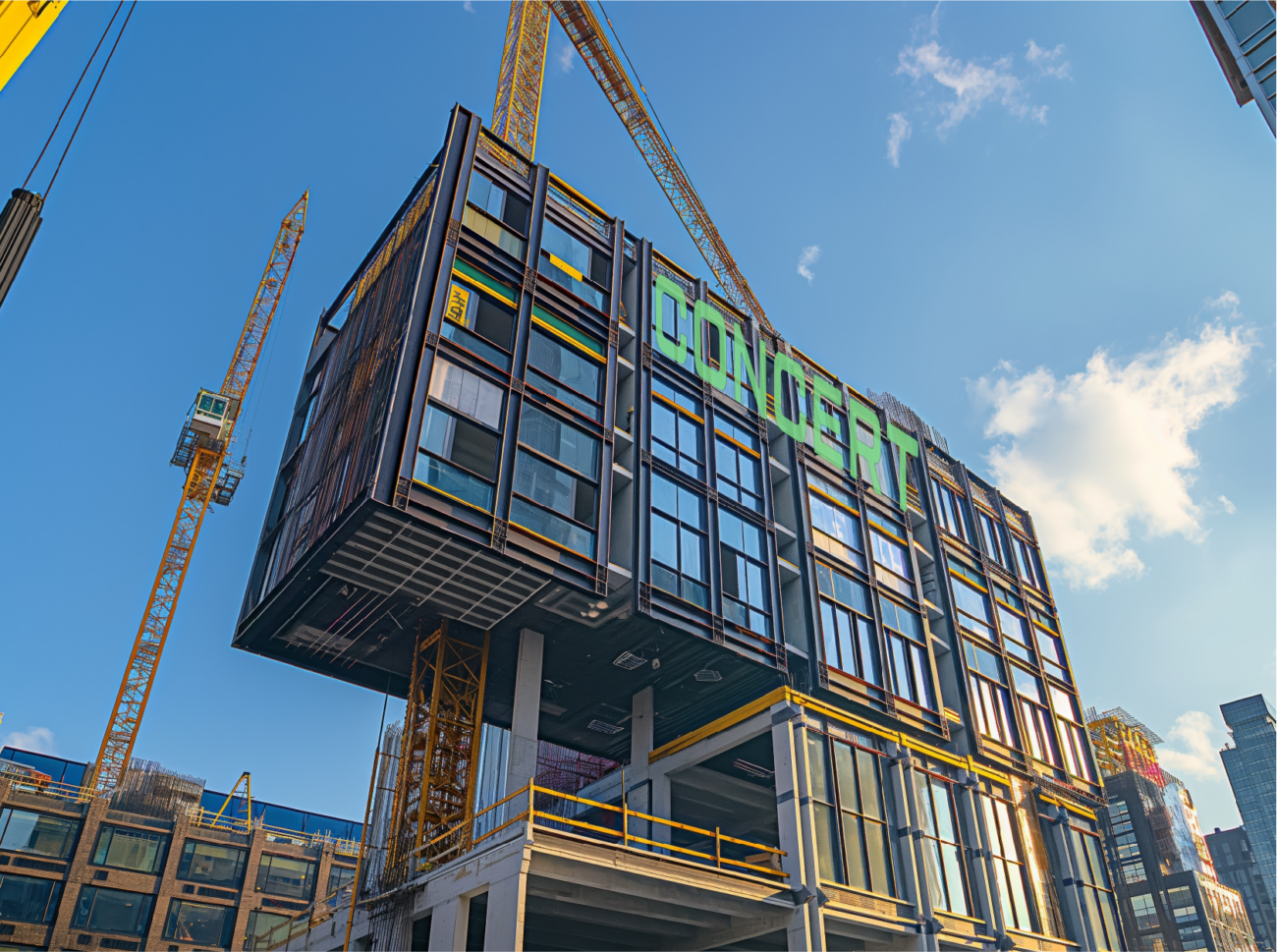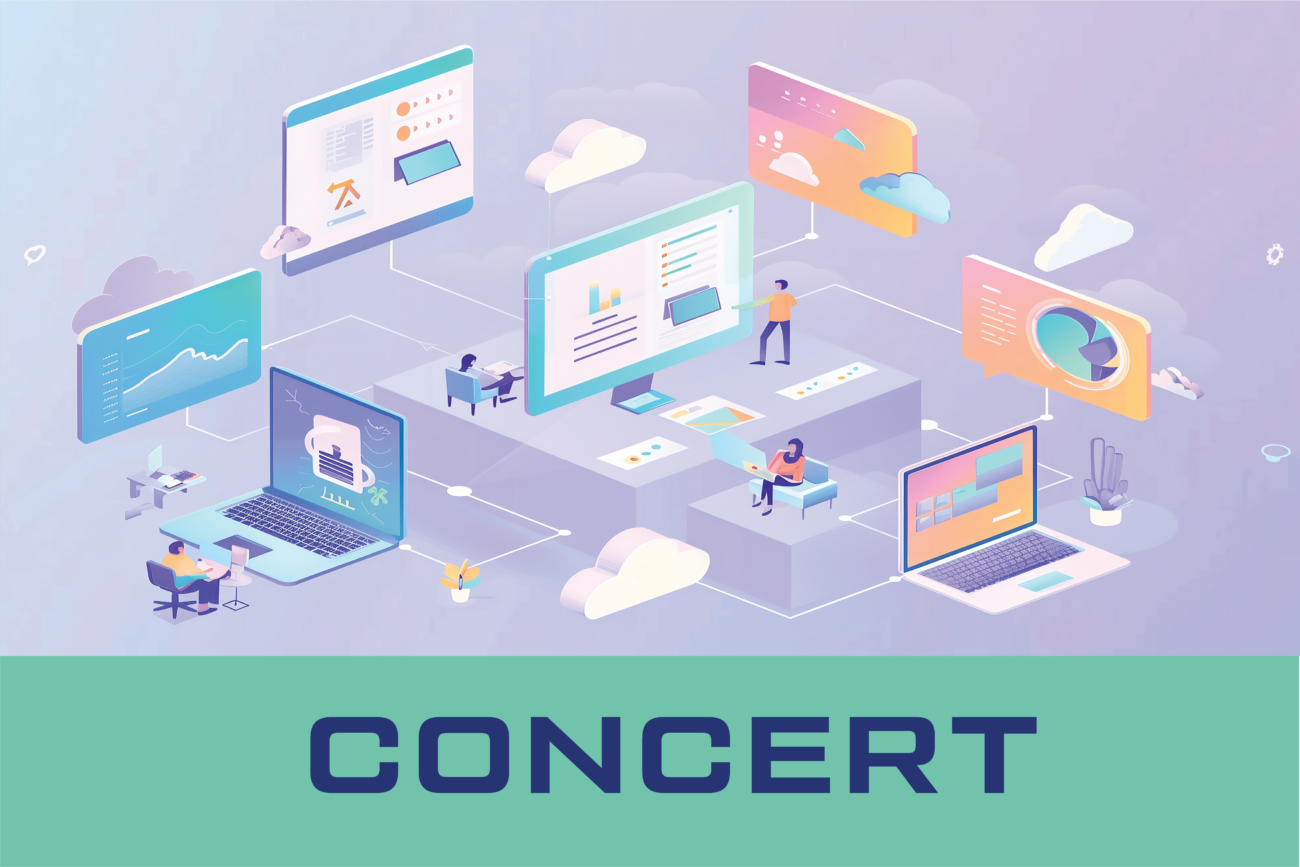One of the first lessons a young designer learns when they move into the professional services world is – Time is Money. There are exceptionally good reasons why this is such an important lesson to learn:
- Being efficient with the use of your time allows you to do more.
- Design solutions do not always get better the longer you work on them.
- Real world applications always have a time constraint/deadline that is critical to the success of the solution.
- You collaborate with teams of people who also have other time constraints they are responsible to achieve.
However, in the modern professional world, we have reduced the value of design process down to the value of time –fees are based on the time we spend solving the problem and documenting the solution, not the value of the solution. This has commoditized the profession, often leading to decision making that is entirely focused on the amount of time it will take. This is the only professional service industry that commoditizes its value in this manner
Yet are we well served by reducing the value of design down to the value of the time spent? We would argue that we are not. Let’s consider an example.
Your business is struggling because your production outputs are consistently falling short. You assess the situation and find two primary problems with your production system:
- You have staff who are not meeting performance expectations, outside of any equipment limitations – so you change your staff.
- Your equipment is limiting output and has high operational costs, so you replace the equipment.
To keep capital costs to a minimum, you buy and install the new equipment without outside consultation. On paper, the investment looks like it will pay off in a reasonable period. Your new equipment solution performs at a higher level and require less maintenance. Perhaps the new equipment requires some additional staff training, but even with the new technology and the added training, the outputs still do not meet expectations. What went wrong? Why didn’t the solution achieve the intended results?
Consider a different approach. Hire a design team (could be process, industrial, architectural, operational or any combination of them) and present them with the problem. Let them interview you and your staff, gather information about experiences and observations. Let them understand all your processes and your desired outcomes. Be clear about your capital investment expectations, but recognize they are just expectations not a fixed limitation. As the design team presents options, keep your mind open to non-linear solutions, because you will find a better solution than your original pre-conceived notion. Don’t restrain your thinking because your uncomfortable with making the investment of a new perspective. And most importantly, understand what your design partner brings to the process and respect that value. What you will find is a partnership that will create solutions that better solve your business problem and create greater value than the investment in their fees.
Key to realizing the full value of this interaction is clear communication and recognition of what each member of the team is contributing during the design process. Early decisions are critical to the overall success of every project – unless they are not clearly communicated. Open, shared communication will result in better performing outcomes while blind adherence to pre-conceptions and assumptions will result in frustration and inefficiency. It is not bad to have a pre-conceived notion or assumption of part or all the solution – they help supply context for the final solution. We must recognize them for what they are while allowing for a broader exploration of alternatives. Clarity and confidence that the information being shared is legitimate and current are necessary as they are the backbone for the effective application of the solution. Finally, having trust that your information is secure, identifiable as yours, and useable across all aspects of the process is critical for real success. One of the core tenants of trust in the design process is the ability to sign and certify that the information you are sharing is yours, that it was created under your direct control, and that you stand behind it with the weight of a professional license or certification. This is the greatest value the design professions bring – expertise and the commitment to stand behind what they deliver.
We created Concert to address scenarios specifically like what is described here. We created it to supply certainty and trust in the authorship of the information shared. We created it to meet the most rigorous standard of licensure and to embody the highest value of design.





